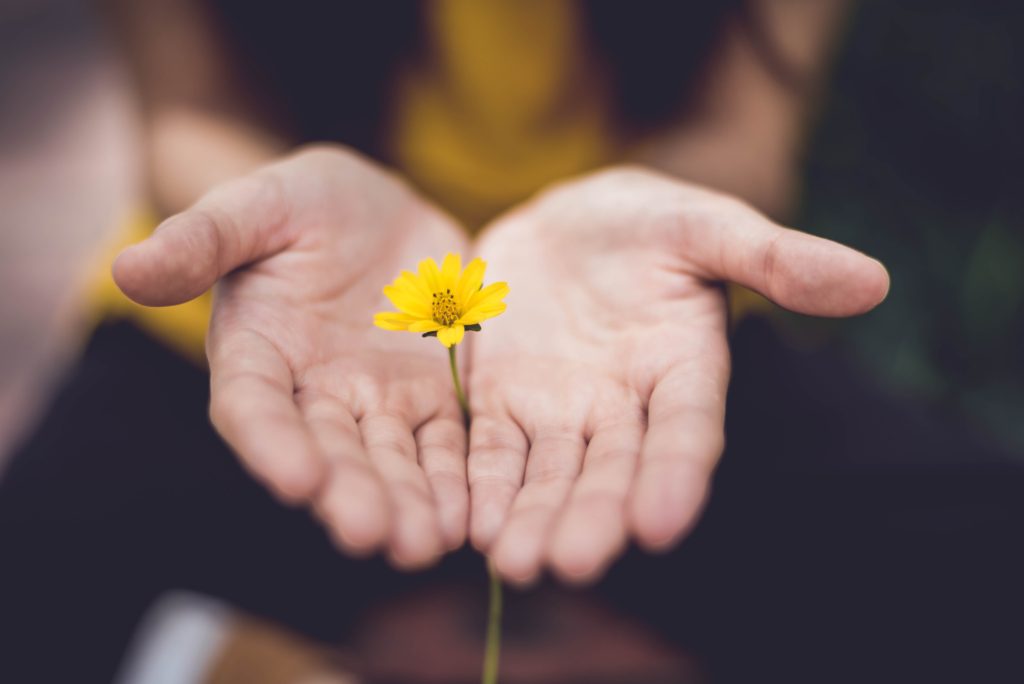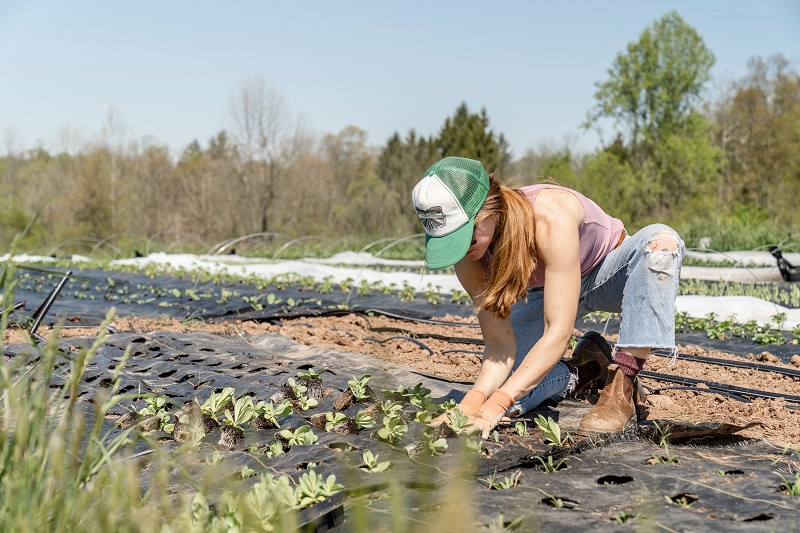Do you want to say No to people, situations, and commitments that used to be Yes? You’re not alone. This is a common theme with my clients, especially as we re-emerge from Covid.
These “used to be Yes” items run the gamut from the immense – a marriage, at least in its current form – to the seemingly small – dropping out of a small group or unsubscribing from an email list.
Why is it so hard for women to honor their new No?
Here are two stuck spots my clients experience. A third, women and our discomfort with our power, is a subject for another newsletter!
1. You feel afraid of hurting someone’s feelings. Fear of hurting someone’s feelings is actually just avoiding conflict. Underneath the avoidance of conflict is the belief that your own desires and priorities aren’t as important as the perceived desires and priorities of the person whose feelings you’re afraid of hurting. And this belief you have, that your desires and priorities aren’t as important as other people’s desires and priorities, is bullshit perpetrated on you and other women by the patriarchy. (See last week’s newsletter for more about trusting your desires.)
2. You feel afraid of the emptiness and openness created when, not knowing what might emerge to take its place, you honor your No. This fear of unknowing, of emptiness and openness, is actually the belief that you can’t trust yourself, your desires and your priorities. And your lack of trust in yourself is actually a fundamental misunderstanding of God’s nature and your connection to It.
We’ve been trained to believe in a linear, patriarchal, masculine, capitalist model that we’re one and done. That the goal of life is to figure out what we’re supposed to do, go do it, and then maintain this state, kicking and screaming if necessary, until we die. That there’s one correct answer and our job is to figure it out. Get it right or die trying.
This false, toxic model underlies that question we ask kids: What do you want to be when you grow up?
This false, toxic model also underlies the questions we ask ourselves as adults: What’s my purpose? What’s my calling? Who did God create me to be?
Beloved, this is NOT how Creator works. The God who is constantly making all things new asks us very different questions: Who am I called to be right now? How can I respond most fully and joyfully to this moment?
The answers to those questions almost certainly aren’t what they were ten years ago, ten days ago, or even ten minutes ago.
Creation and the force continually creating it, aka God, is always birthing, dying, and being reborn. Always. As members of that matrix, inextricably entwined in this holy cycle, we are born, we die, and we are born again. Over and over and over.
No is as holy and as necessary as Yes, when your No is rooted in your soul. Listen to your No. Trust your knowing. Trust your desires. Trust God to be at work in you, continually creating you, continually making you new.
PS. I share news, dates for upcoming free Zoom conversations (our first one is June 17th!), and coaching opportunities through my weekly newsletter. You can subscribe here.
Photo by The Humantra on Unsplash







